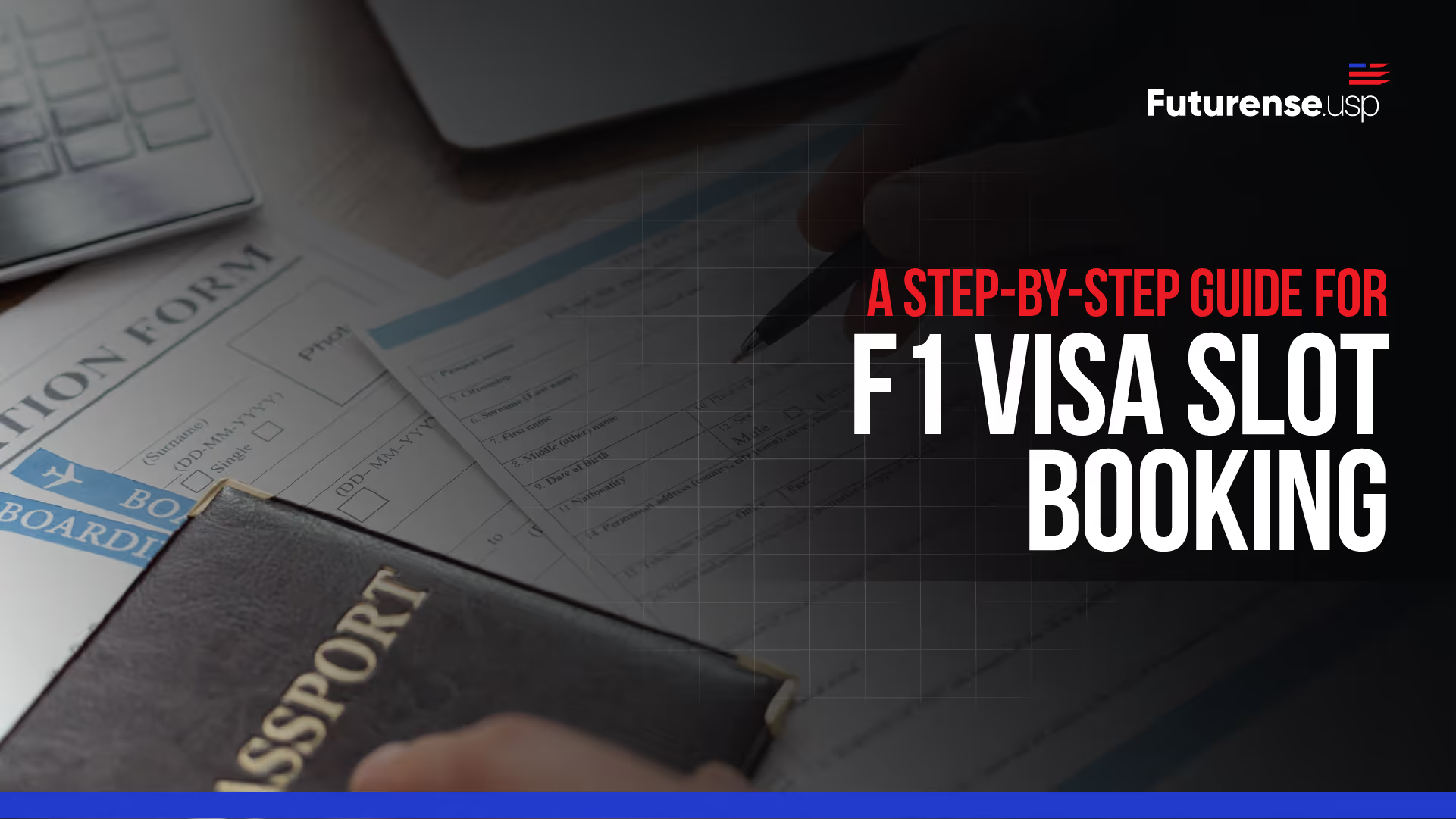You must apply for your visa reasonably before your arrival, as it can occasionally take several weeks and sometimes longer to obtain the F-1 student visa.
However, the U.S. Department of State states that F-1 student visas can be allocated up to 120 days before the program start date; OISS can only start allocating your immigration copy after you acquire your request for admission. As an Indian student, understanding the right time to apply can save you from undue delays and confirm your visa process goes smoothly.
What is the F-1 Student Visa?
The F-1 visa is a non-immigrant visa for students pursuing schooling in the U.S. It allows aspirants to study at U.S. institutions.
When Should You Apply for the F-1 Student Visa?
Timeline for Applying:
Pre-Application Inventory
Suppose you desire to acquire your visa on time. In that case, you must have the following documents and prepare yourself for the upcoming processes:
- You need to receive the I-20 form from your institution.
- You must deposit the SEVIS (Student and Exchange Visitor Information System) fee online and have a copy of the permit.
- Fill out the DS-160 form, which is the online visa application form, and keep the confirmation number.
- Deposit the Machine-Readable Visa (MRV) fee and carry the receipt.
Once you have completed the above steps, you can book your visa interview at the closest U.S. Embassy or Consulate.
Papers Mandated for F-1 Visa Application
Before scheduling the visa interview, make sure you have these documents:
- Passport: The one valid for at least six months exceeding your program's last date.
- I-20 Form: Printed by the institute.
- DS-160 Form: Online application verification.
- SEVIS Fee Receipt: Confirmation of SEVIS fee payment.
- MRV Fee Receipt: Receipt of MRV fee payment.
- Financial Documents: Proof of accounts to cover tuition and living costs for the first year.
When to Apply for an F-1 Visa After Rejection?
Your visa might get rejected in certain situations. You will start panicking if your travel dates are near and you encounter a visa refusal. It is, therefore, advisable that you keep some buffer time.
You can re-fill your visa application after repairing all the grounds for rejection. After the causes for your rejection have been corrected, you can reapply within three months of your first visa application.
Factors Affecting Visa Approval
The visa officer will look into several necessary elements before passing your F-1 visa:
- Financial Stability: Proof of adequate funds to sustain your studies and livelihood.
- Educational Purposes: Express your scholarly and professional goals, including your timeframe for returning to India after your studies.
- Authentic Records: Ensure all your documents are accurate and complete.
Visa Processing Time
The processing period for an F-1 visa can vary, but it normally takes 15 days to 2 months. Facets like the embassy's workload and the time of year (summer is busier) can influence this. If approved after your visa interview, acquiring your visa usually takes about 5-7 working days.
Why Applying Early Matters
When you apply early, you save the hassle of last-minute situations.
- Early application helps you plan your flight tickets, accommodation, and other logistics.
- An early visa approval lets you connect with fellow students and plan accommodation.
Conclusion
Applying early for your F-1 student visa will save you time and struggle. Fetching your documents together early and commencing the application process will let you have everything in place before classes begin.
Frequently Asked Questions
How early should I apply for the F-1 visa?
You must apply for the F-1 visa as soon as you get your I-20 form, but not before 120 days before your program start date.
What duration does the F-1 visa take to process?
The processing time can range between 15 days and two months, depending on the embassy's workload and the time of year (summer is usually busy).
Can I apply again for the F-1 visa if it gets denied?
Yes, you can re-apply after fixing the concerns that led to the refusal. Most students re-apply within three months of their first application.
.avif)





.avif)

.avif)